Common Name(s): Rosewood
Distribution: Tropical regions worldwide (most commercial species are from Central and South America, Africa, and southern Asia)
Genus Size: Approximately 270 to 300 species
Mechanical Characteristics: Density of commercial species range from medium-high (D. tucurensis) to very high (D. melanoxylon and D. cearensis).
Visual Characteristics: Heartwood tends to be dark reddish brown colored, sometimes with darker contrasting streaks. With sharply demarcated yellowish sapwood.
Identification: Wood is diffuse porous, typically with large to very large and infrequent pores. Parenchyma tends to be rather extensive in many species, commonly diffuse in aggregates, while sometimes forming bands, as well as vasicentric and aliform patterns.
Comments: As of the beginning of 2017, all species were included on CITES appendix II as endangered species.
Related Content:

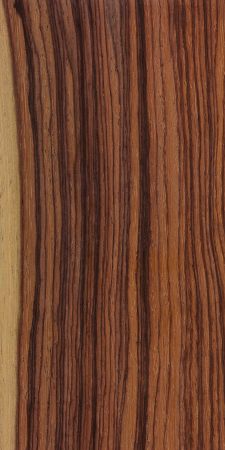
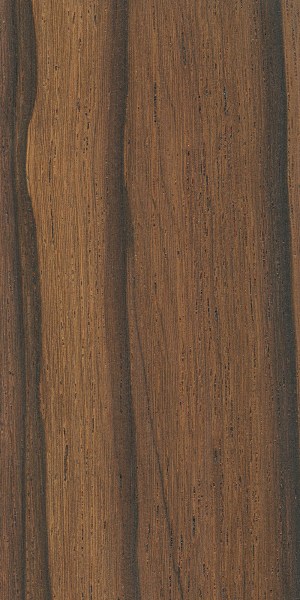
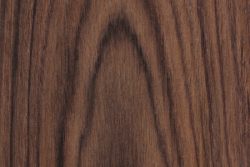
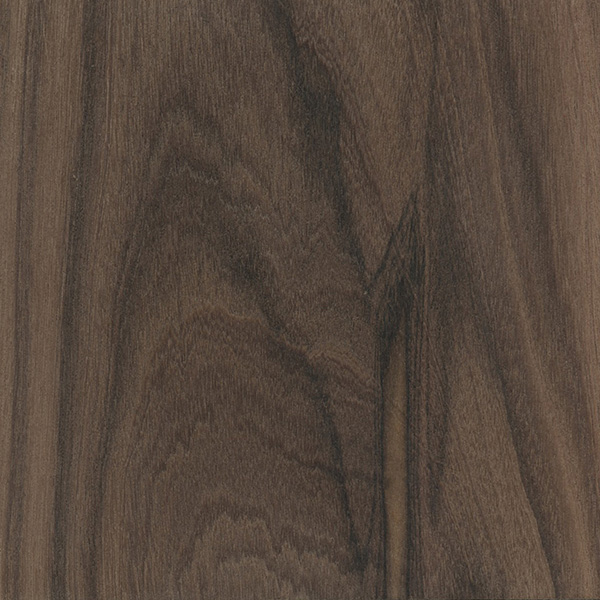
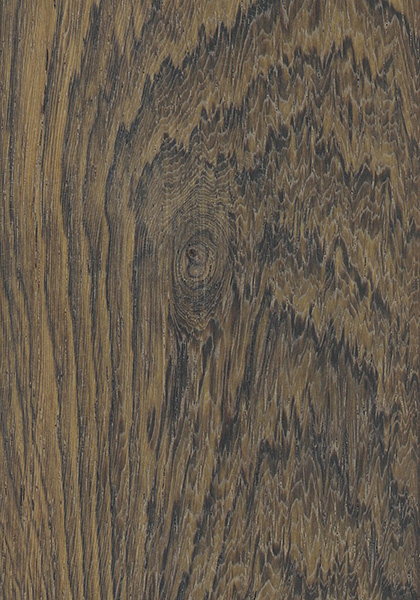
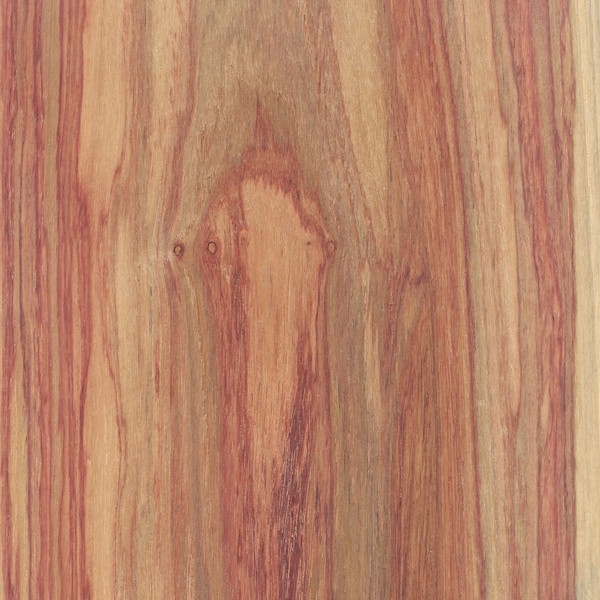
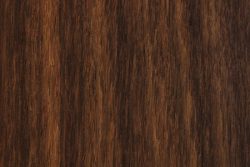
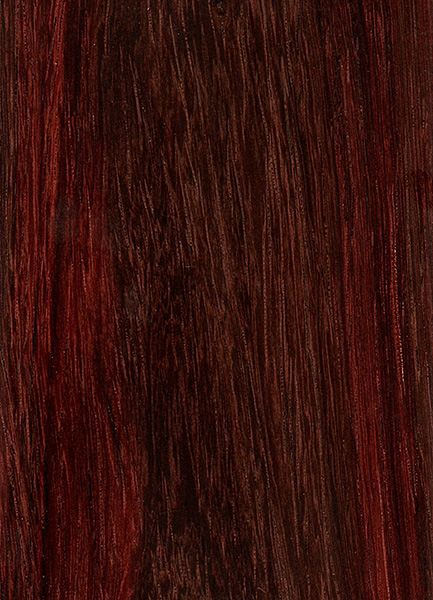


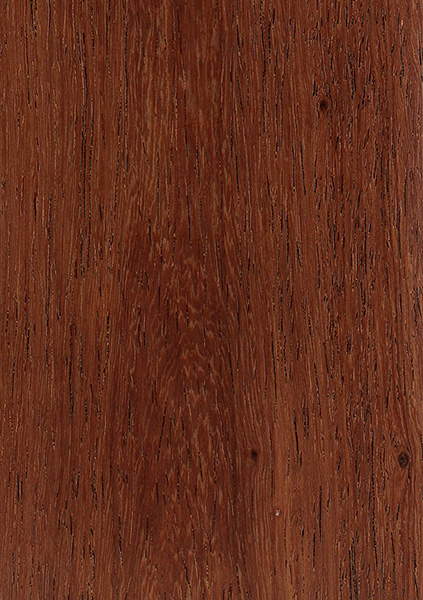
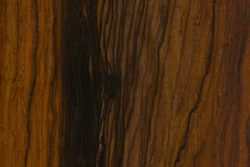
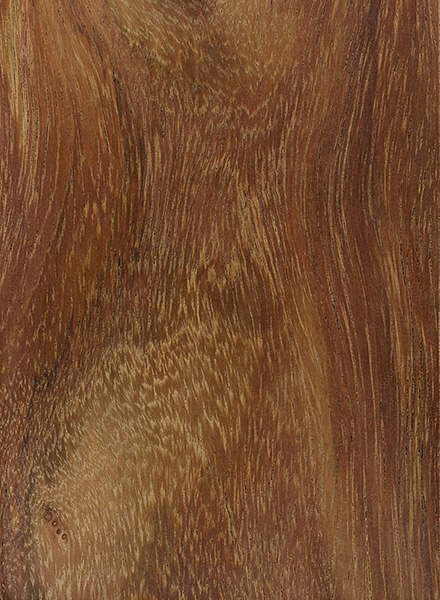
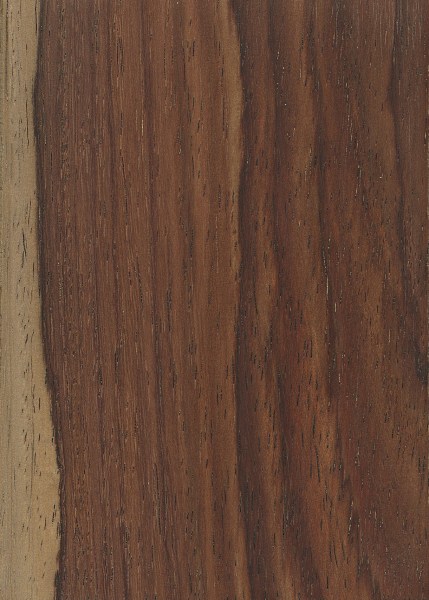
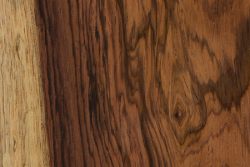
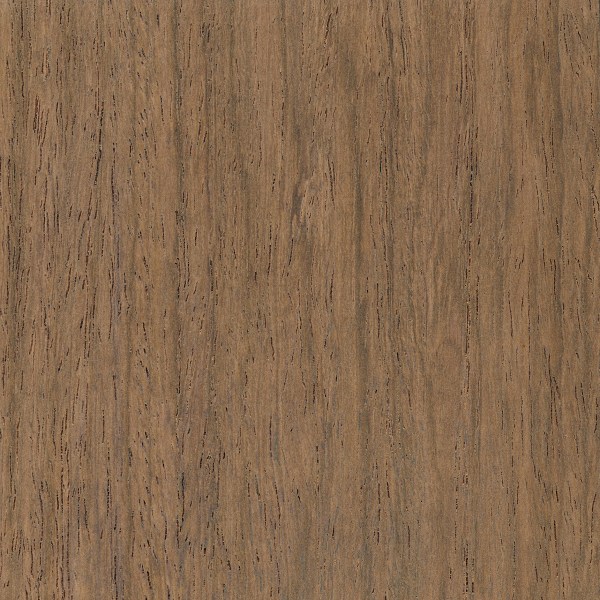
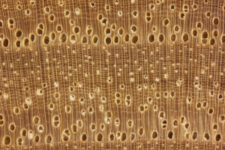






There is also a Dalbergia granadillo (critically endanged, so I assume not something one normally finds). It does not seem to have an entry in wood database, though two other woods, macacauba and cocuswood are listed as sometimes being called granadillo. I wonder is Dalbergia granadillo the reason these other woods are called that, originally as an attempt to pass them off as this no longer available rosewood?
No, granadillo is a very common name. It’s even applied to other Dalbergia species like cocobolo sometimes. Maybe someone more well-versed in Spanish can chime in here and let us know what this word actually means?